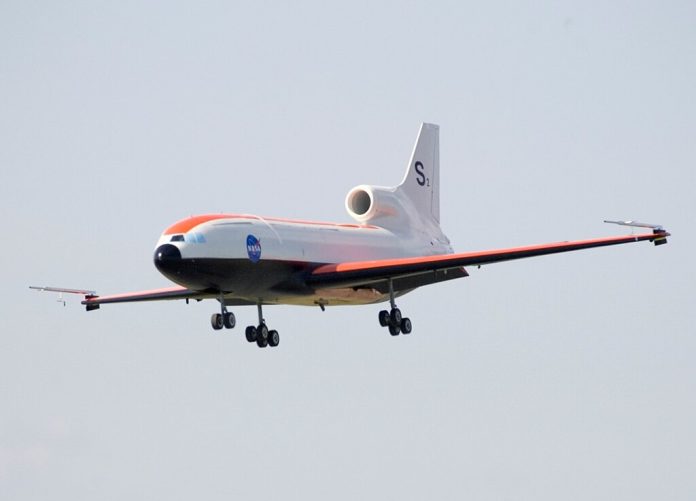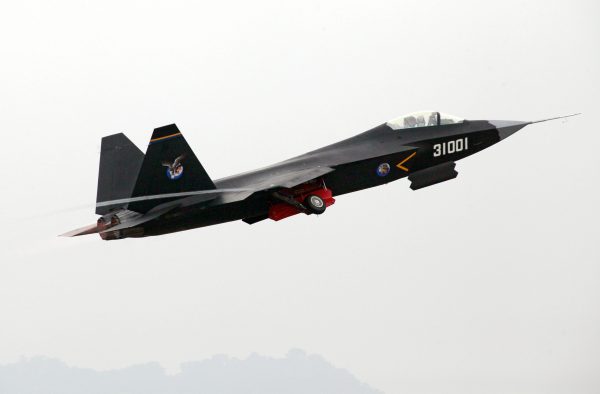
With barely a year having passed since their first public flights, prototypes of China’s two sixth-generation fighter programs have emerged with sweeping design changes-a signal to Washington that Beijing is pressing the accelerator in its pursuit of air superiority. Two tailless stealth designs, the Chengdu J-36 and Shenyang J-50, have both moved into what looks very much like a fierce iterative development campaign, with substantial upgrades being made in aerodynamics, propulsion, and systems integration at a pace that is seldom seen in modern combat aircraft programs.
These developments come as the US Air Force pushes forward with its own sixth-generation F-47 under the Next Generation Air Dominance program, targeting a first flight in 2028. With China’s past record of bringing the J-20 from demonstrator to service in just over six years, this timeline suggests a potential service entry years in advance of America’s schedule, reshaping the strategic balance in the skies.

1. Thrust-Vectoring Exhausts for Tailless Stability
The most notable alteration on the J-36 is the relocation of the exhausts from a recessed position to angular nozzles that seem to be inspired by the F-22’s two-dimensional thrust vectoring arrangement. As The War Zone suggests, “Tailless designs are inherently extremely unstable. Thrust vectoring can help with this and maximise potential performance throughout the flight envelope, including at very high altitudes.” This modification likely represents a trade-off between rear-aspect stealth and increased maneuverability and control authority.
Engineering such nozzles demands significant redesign of the upper fuselage and pushes engine nacelles closer to the trailing edge. While this adds some weight and complexity, for a heavy multi-role tactical jet, it is really minimal compared to the potential gains in agility and flight envelope expansion.
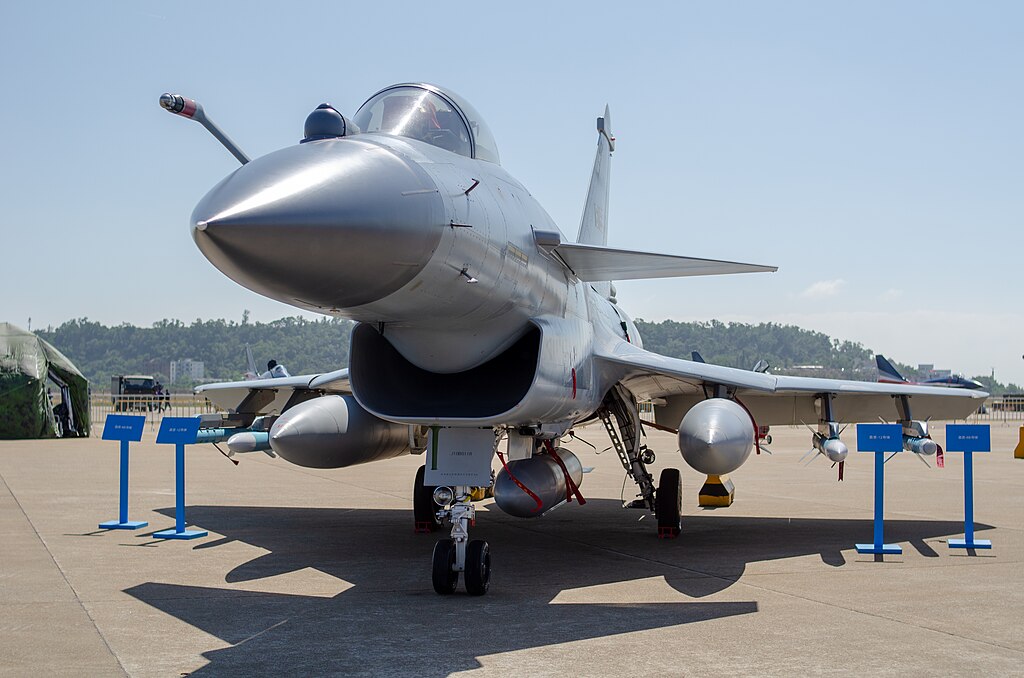
2. Triple-Engine Configuration with Refined Intakes
The J-36 retains its unusual triple-engine layout-one dorsal intake and two lower intakes-but replaces its earlier caret-style inlets with diverterless supersonic inlets (DSI). DSIs improve stealth by hiding compressor blades from radar and eliminating complex moving parts, reducing weight and maintenance.
The forward-swept cowl and compression bump redirect boundary layer airflow without splitter plates, adding to low observability. But DSIs function optimally between Mach 1–2, meaning designers have to make trade-offs between stealth and performance over more extensive speed ranges.
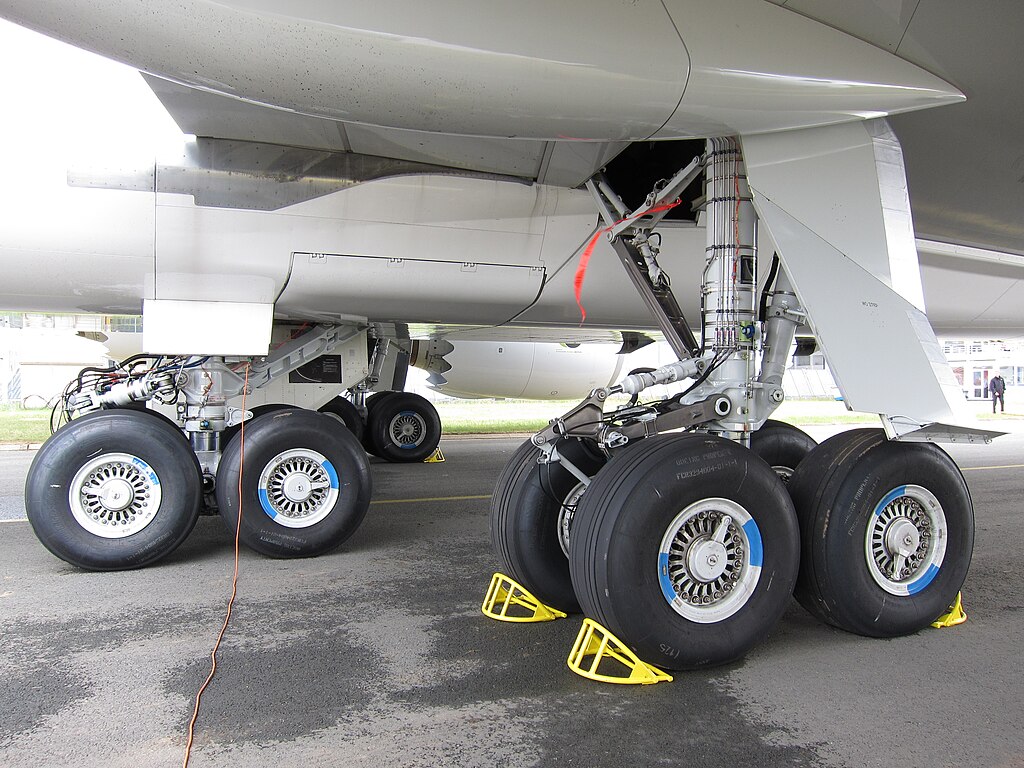
3. Heavy Airframe Landing Gear Redesign
The J-36’s tandem two-wheel main gear has been replaced by a side-by-side twin-wheel truck arrangement, a change-out that may require deeper gear wells but offers advantages in terms of smaller gear doors and a reduced structural footprint.
Such a shift could indicate weight distribution refinement and possible preparation for carrier operations or rough-field capabilities, though nothing is officially confirmed.
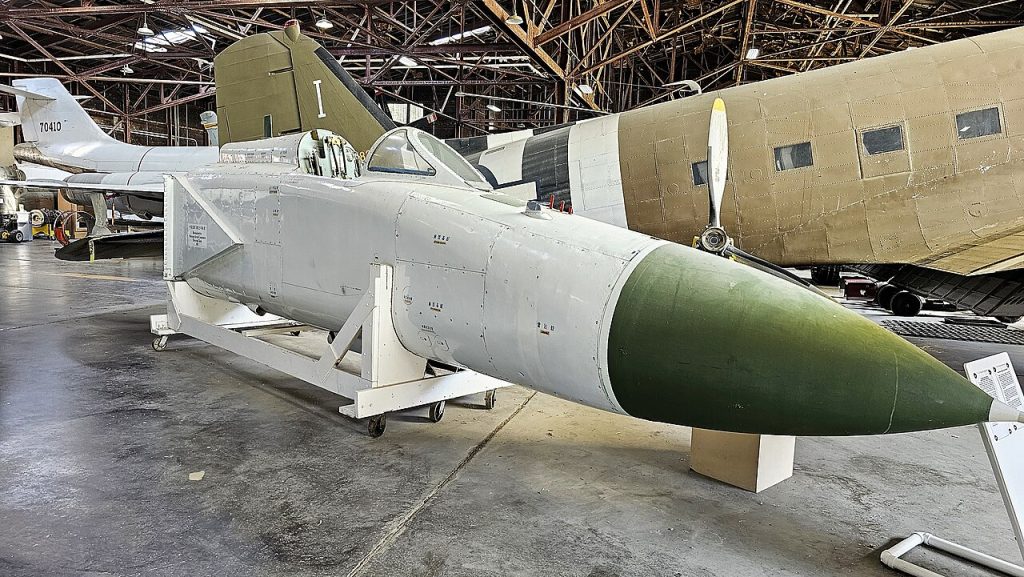
4. J-50’s Swiveling Wingtip Control Surfaces
Shenyang’s J-50 introduces swiveling wingtips, an unusual solution to the problems of inherent instability in tailless designs. These surfaces are deflected downward in slow flight or during aggressive maneuvers to help maintain directional stability.
New imagery also shows F-22-like 2D thrust-vectoring exhausts with serrated edges, a diamond-shaped nose, and DSI intakes, suggesting a mix of stealth shaping and high agility.
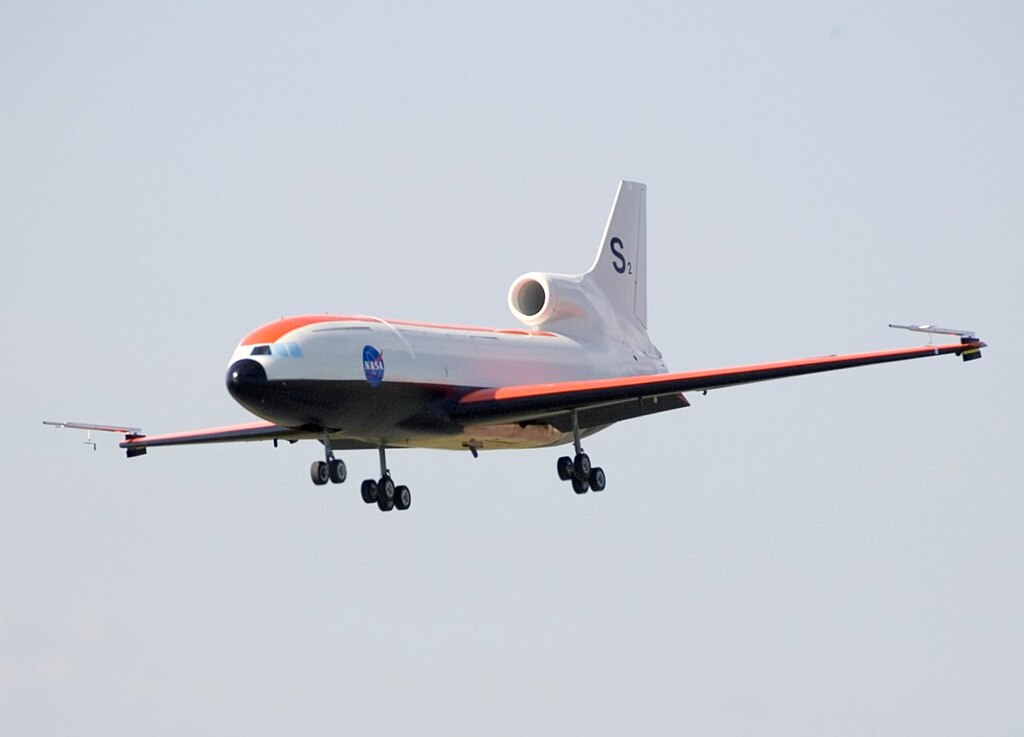
5. Removal of Air Data Boom Signals Prototype Maturity
Recent images have captured the J-50 without its earlier infrared air data boom. Such removals normally reflect a transition beyond initial flight testing into more advanced evaluation.
This also aligns with the possibility that a second prototype is now flying, which may incorporate avionics and sensor refinements for operational realism.
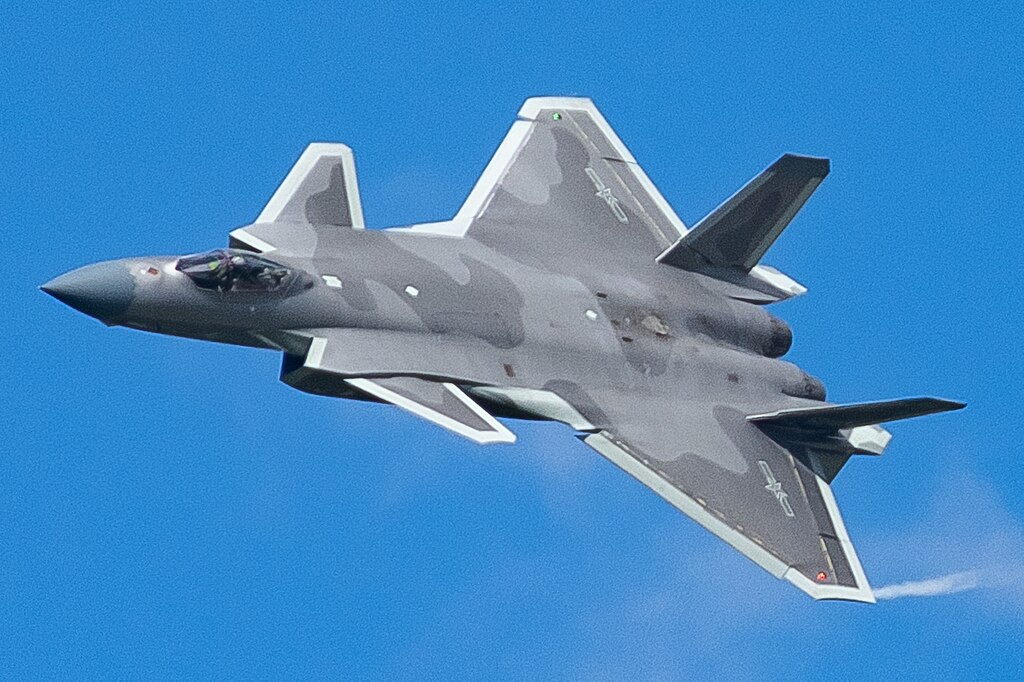
6. Speedy Iterative Development Cycle
Both programs started in December 2024 and have fielded visibly different prototypes thus far. Analysts describe this as an “accelerated iterative design scheme” in an effort to push aircraft into production-like states.
Given China’s record with the J-20-from first flight to service in just over six years-the J-36 and J-50 might enter service by 2031, therefore as much as several years ahead of the US F-47.
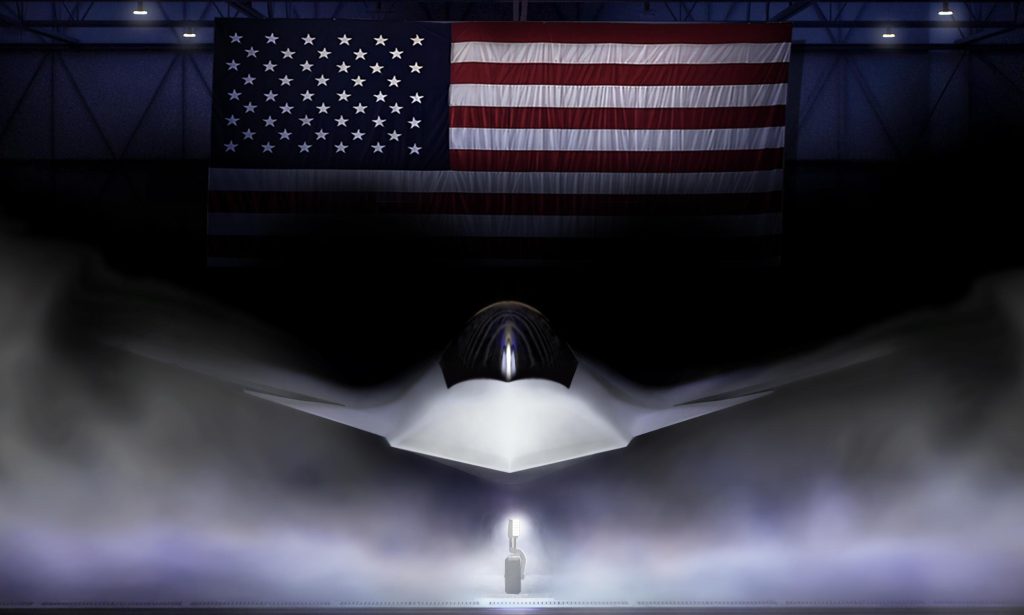
7. US F-47 Timeline and Capabilities
Boeing’s F-47 is supposed to replace the F-22 and fly with autonomous drone wingmen. “We’re ready to go fast. We have to go fast,” said Gen. David Allvin, emphasizing urgency in the program. Planned capabilities include a combat radius of more than 1,000 nautical miles, speeds over Mach 2, and advanced stealth and sensor integration. Production began in September of 2025, with a first flight targeted for 2028.

8. Loyal Wingman Drones in Parallel Development
During its parade in September, China showed off new unmanned systems it described as “unmanned wingmen,” though no operational pairing with sixth-gen fighters has yet been confirmed. In the US, Anduril’s YFQ-44A Fury and General Atomics’ YFQ-42A have both flown under the Collaborative Combat Aircraft program, aiming to provide strike, sensing, and electronic warfare support to crewed fighters.

9. Strategic Implications of China’s
Pace If Chinese sixth-gen fighters achieve operational status before the U.S. F-47, the balance of airpower in the Indo-Pacific could dramatically shift. Early deployment would allow China to integrate these jets with evolving drone wingman concepts, creating complex networked strike packages. Matching this pace for the US will take more than rapid aircraft development; it will require parallel advances in unmanned systems, sensor fusion, and pilot training to ensure air dominance.
The rapid prototyping undertaken by China of both the J-36 and J-50 underlines a strategic commitment to leapfrogging traditional fighter development timelines. With both sides racing now toward operational sixth-generation fleets, the next decade is likely to define the shape of future aerial warfare, where stealth, agility, and manned-unmanned teaming will come together to decide air dominance.
